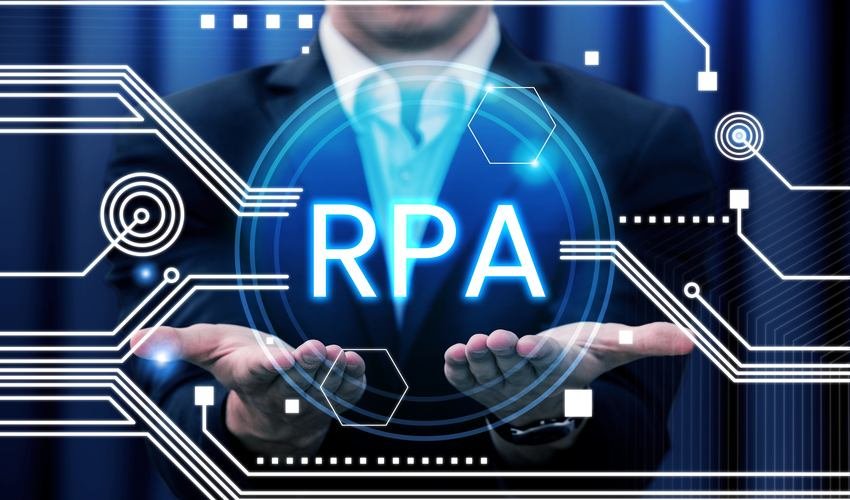Robotic Process Automation (RPA) has changed the way businesses handle repetitive tasks. It improves speed, accuracy, and productivity. However, implementing RPA can be expensive if not managed wisely. Many companies worry about how to lower expenses while keeping quality high. The good news is that you can reduce the Cost of RPA with the right strategy. This guide explains how to cut RPA costs without losing performance, efficiency, or quality.
1. Understand the True Cost of RPA
Before reducing costs, you need to understand what makes up the Cost of RPA. It includes software licenses, infrastructure, development, testing, and maintenance. Hidden costs like training, consulting, and upgrades can also add up. Knowing where your money goes helps you plan better and save more. Create a detailed cost breakdown to see which areas consume the most budget. This will help identify waste and opportunities for optimization.
2. Choose the Right RPA Tool
Not every RPA tool fits every organization. Some are designed for complex enterprise systems, while others work best for small businesses. Choosing the wrong platform increases costs without improving efficiency. Compare popular tools like UiPath, Automation Anywhere, and Blue Prism. Look for affordable licensing, easy scalability, and strong support. Some open-source options also provide reliable automation features at a lower cost. Selecting the right tool ensures you pay only for what you actually need.
3. Start Small and Scale Gradually
Many businesses make the mistake of automating everything at once. This can raise the Cost of RPA and lead to poor results. Start with one or two high-impact processes. Focus on tasks that are rule-based, repetitive, and time-consuming. Measure the results, identify challenges, and improve before expanding. Once you prove success, scaling becomes easier and cheaper. Gradual automation keeps costs low and quality high.
4. Use Cloud-Based RPA Solutions
Cloud RPA reduces expenses by eliminating hardware and server costs. You pay for what you use and avoid maintaining on-premise systems. Cloud platforms also offer automatic updates, reducing maintenance costs. They support remote teams and enable faster deployment. Many providers, like Microsoft Power Automate and Automation Anywhere Cloud, offer flexible pricing models. Switching to the cloud can lower your total cost while ensuring high-quality automation.
5. Reuse Existing Components
Don’t build every automation from scratch. Reuse bots, scripts, and workflows from previous projects. Standardize reusable components to save time and effort. A reusable library allows developers to deploy bots quickly with fewer errors. It also ensures consistent quality across multiple processes. This approach significantly cuts development costs and shortens the automation cycle.
6. Train Your In-House Team
Hiring external RPA experts can be costly. Instead, invest in training your current employees. Internal teams already understand your business processes. With proper training, they can design, build, and manage bots effectively. Platforms like UiPath Academy and Automation Anywhere University offer free courses. Building internal expertise reduces dependency on consultants and lowers long-term expenses.
7. Automate the Right Processes
Not every task should be automated. Some processes are too complex or require constant human judgment. Automating such tasks increases costs and reduces efficiency. Select processes with stable rules, structured data, and repeatable steps. Evaluate potential savings before automation. Tools like process mining software can help identify the best candidates for RPA. Focusing on the right tasks ensures better results at a lower cost.
8. Monitor and Optimize Regularly
RPA is not a one-time setup. Bots need continuous monitoring and optimization. Track performance metrics like accuracy, speed, and downtime. Fix issues quickly to avoid costly failures. Use analytics dashboards to measure the return on investment (ROI). Regular updates and maintenance ensure your bots run efficiently. This reduces future repair costs and keeps quality high.
9. Partner with the Right Vendor
Choosing the right RPA vendor or partner can save money in the long run. Look for vendors who understand your business needs. A good partner helps you design cost-effective automation workflows. They also provide support, training, and post-deployment maintenance. Compare pricing models, service quality, and client feedback before making a decision. A reliable vendor will help you maintain both quality and affordability.
10. Use Analytics to Improve Performance
Data analytics helps you see where automation adds value. It also identifies areas where costs can be reduced. Use analytics to track how bots perform and where they struggle. This allows timely adjustments that save resources. Automation supported by analytics ensures smarter decision-making. It keeps your systems efficient while reducing unnecessary expenses.
11. Implement a Governance Model
Governance ensures consistency and compliance in automation projects. Without governance, processes may duplicate, increasing costs. Create clear policies for design, testing, and deployment. Define roles and responsibilities for each team member. Strong governance prevents rework and helps maintain high-quality automation. It also ensures that your cost-saving efforts remain effective.
12. Leverage AI and Machine Learning
Integrating AI and machine learning can make RPA smarter. It reduces manual intervention and error correction. Though AI may seem expensive at first, it improves long-term efficiency. Smarter bots learn and adapt, lowering maintenance and operational costs. AI-powered RPA Reducing the Cost of RPA does not mean compromisdelivers better quality at a reduced overall expense.
Conclusion
ing quality. With careful planning and smart execution, both goals can coexist. Start small, use the right tools, and train your team. Focus on meaningful automation, monitor progress, and use analytics. Every small improvement adds up to big savings over time. By following these strategies, you can enjoy all the benefits of RPA—speed, accuracy, and scalability—without overspending. Smart automation means saving money while improving quality and performance.
FAQs
1. What is RPA?
RPA stands for Robotic Process Automation. It automates repetitive and rule-based business tasks using software bots.
2. How can I reduce the Cost of RPA?
Use the right tools, start small, train your team, and focus on the most impactful processes.
3. Are open-source RPA tools good for small businesses?
Yes. Open-source RPA tools are affordable and work well for small or medium-sized businesses.
4. What are common mistakes in RPA implementation?
Automating the wrong processes, ignoring governance, and a lack of monitoring are common mistakes.
5. Does RPA replace human workers?
No. RPA supports humans by handling repetitive work so employees can focus on creative tasks.
Read Dive is a leading technology blog focusing on different domains like Blockchain, AI, Chatbot, Fintech, Health Tech, Software Development and Testing. For guest blogging, please feel free to contact at readdive@gmail.com.





